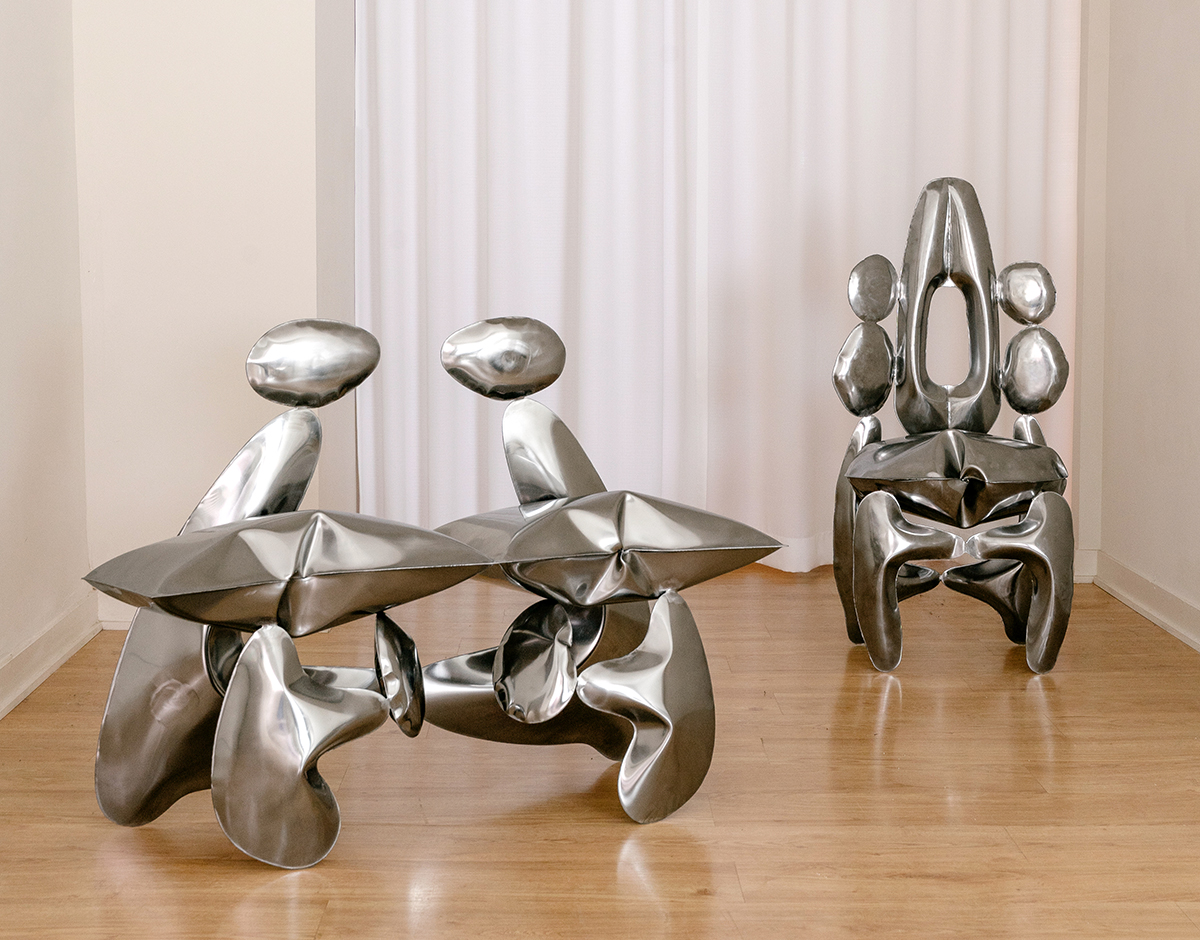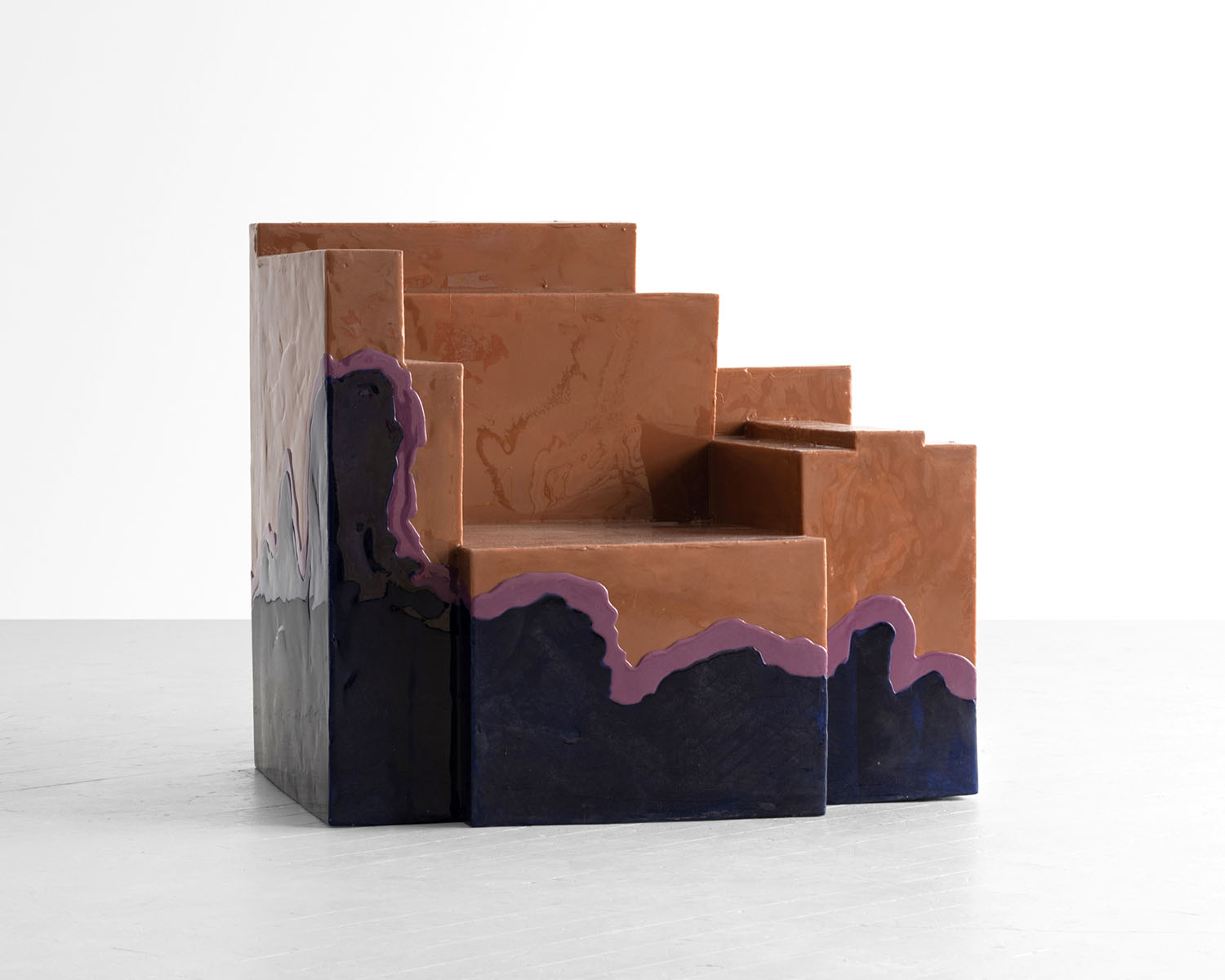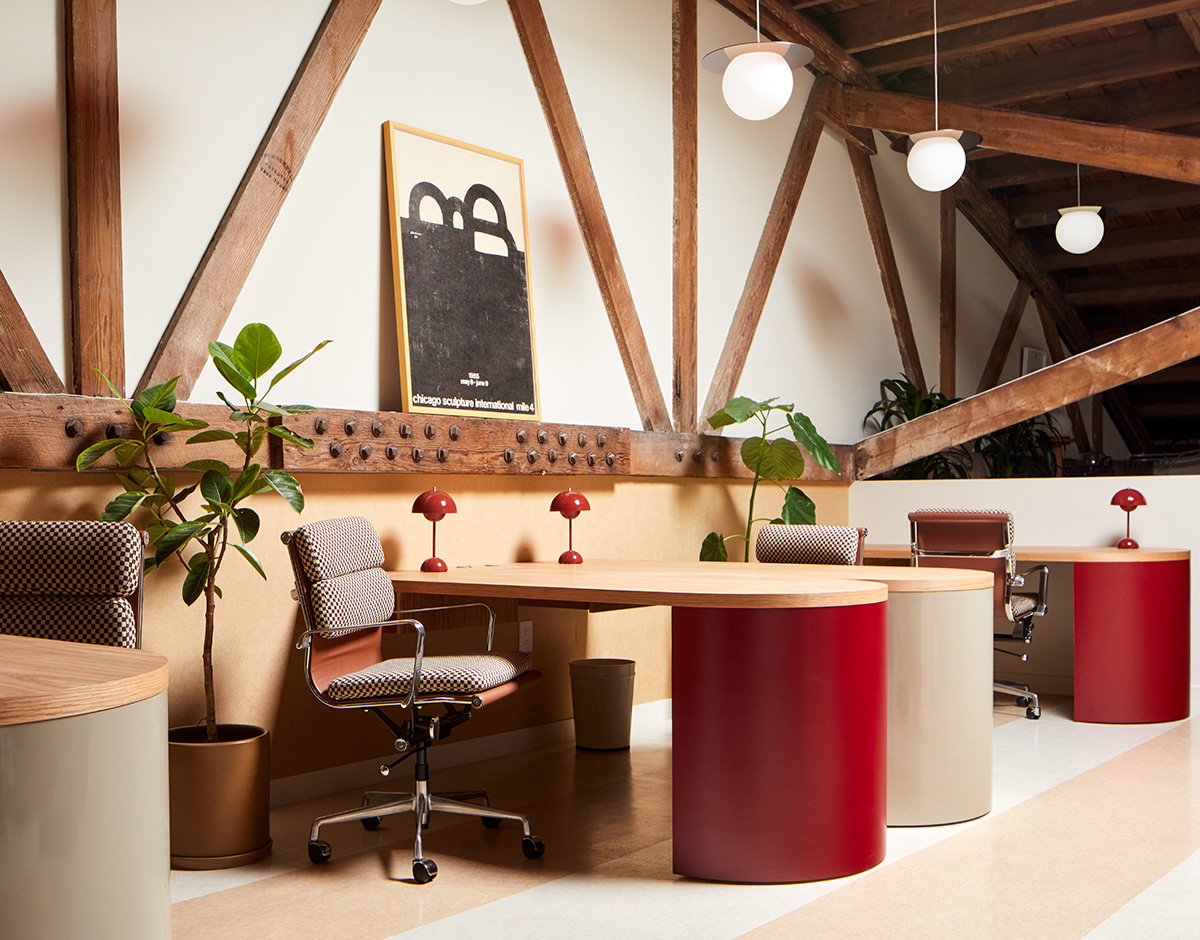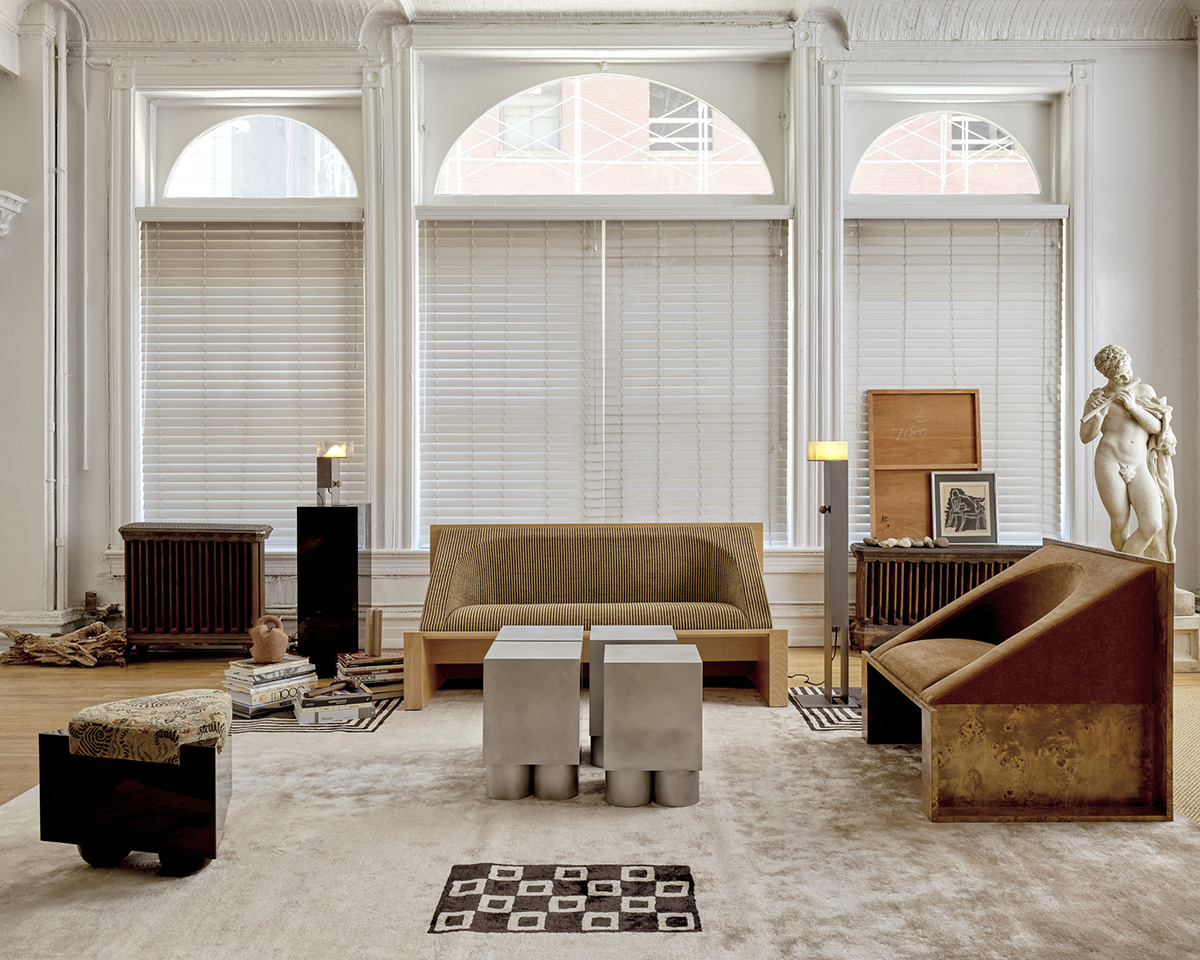
01.09.25
American Design Hot List
The 2024 American Design Hot List, Part IV
This week we announced our 12th annual American Design Hot List, Sight Unseen’s editorial award for the names to know now in American design. We’re devoting an entire week to interviews with this year’s honorees — get to know the fourth group of Hot List designers here (including Parts and Labor Design, above, whose founders launched the stellar furniture collection Known Work early last year.)
Orlando Pippig
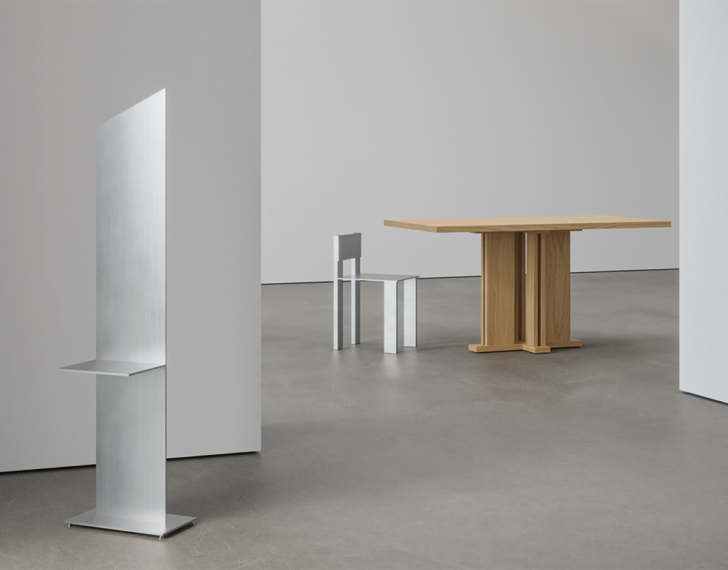
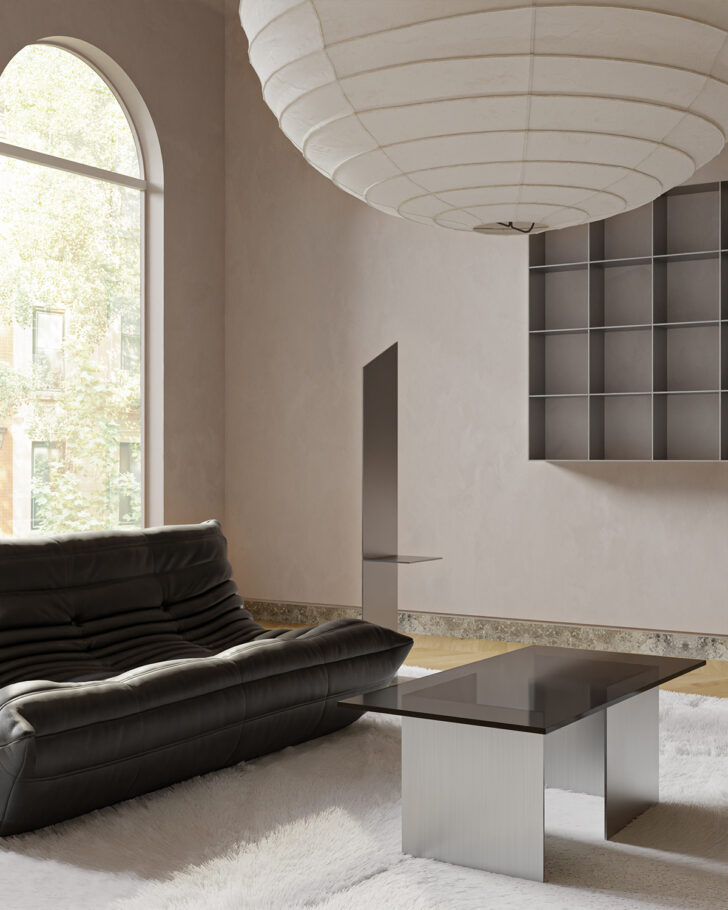
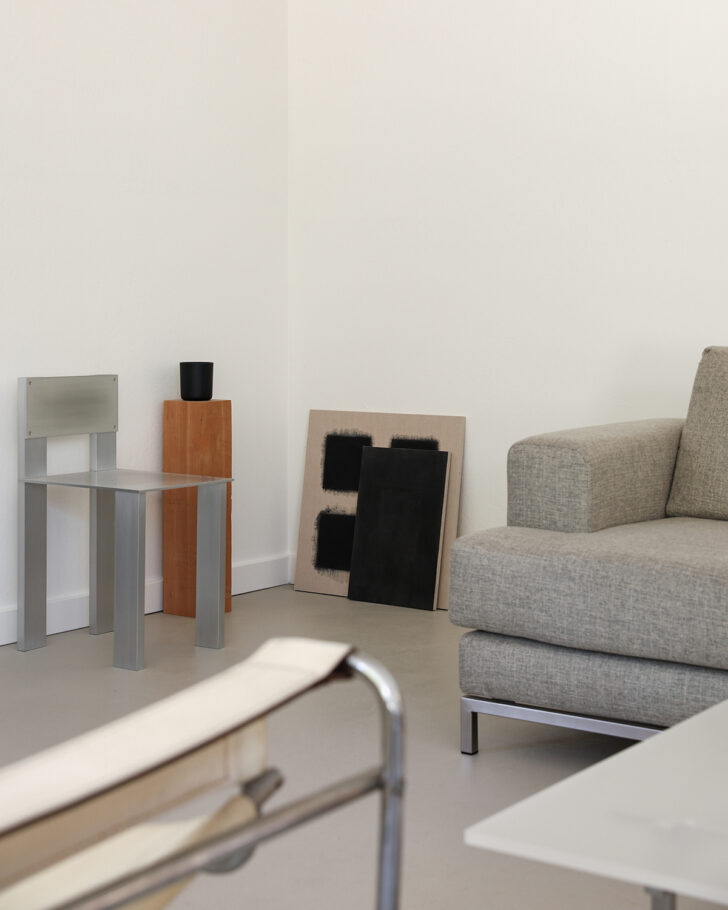
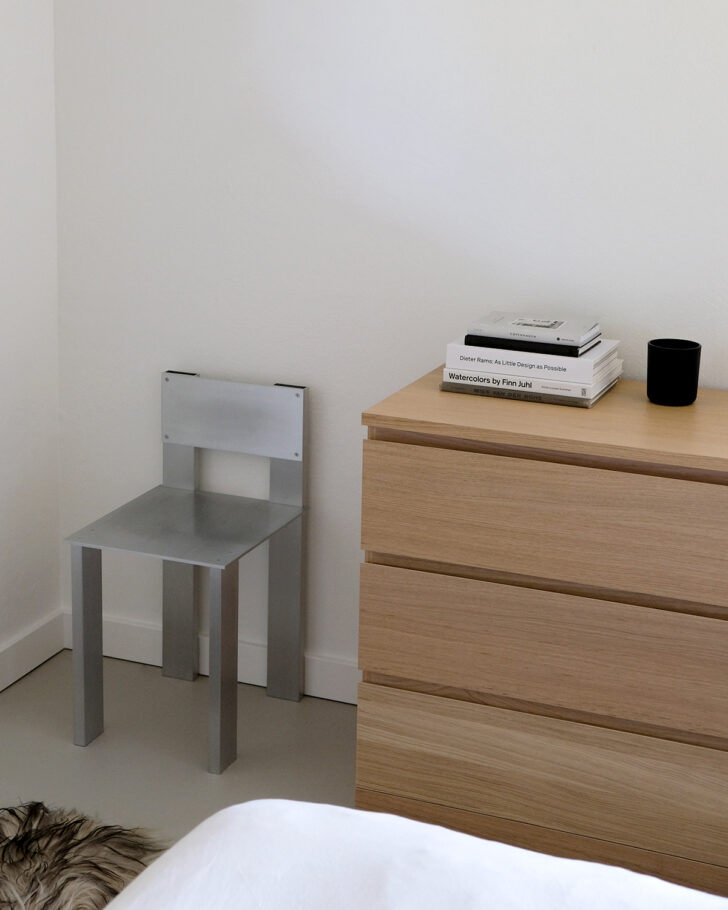
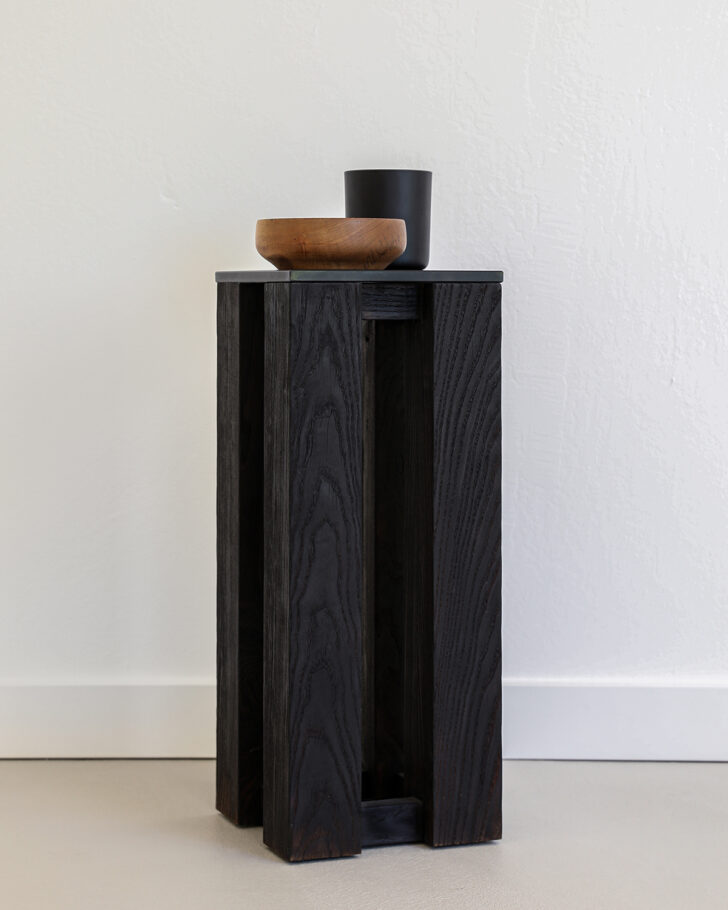
Santa Barbara, California, orlandopippig.com
California newcomer Orlando Pippig designs steely, streamlined furniture and lighting with strikingly linear forms, exclusively in natural materials like metal, glass, and wood. He takes inspiration from Japanese architecture and the Light + Space movement — the kind of minimalism where beauty is found in subtle details and in how a piece can define and heighten our experience of a space. You can source Pippig’s works through our Sight Unseen Collection.
What is American design to you, and what excites you about it?
American design to me is freedom. America doesn’t hold the lengthy history that many other continents/countries do, or a single popular style that the country is known for, which gives us the freedom to pick and pull inspiration from many sources and reinterpret it into something new. Historically, people have come to America for this freedom and with it they bring new concepts. I can immediately think of a handful of German architects who came to America during the 30s and brought with them some of the most exciting architecture concepts of the 20th century: Ludwig Mies Van Der Rohe, Marcel Breuer, Walter Gropius, etc. This certainly excites me because it shows the American people are open to experimentation and seeking out what’s new. As a designer, this is largely the way I think — constantly looking to experiment and find new and exciting ways to work and produce.
What are your plans and highlights for the upcoming year?
For the upcoming year, I will be focusing on two new ways of working: One is unveiling a handful of lighting designs that I have been working on for the last few months. This has been an exciting challenge vs furniture design as lighting has intricate components that all need to work together to function properly. The second is: I will be focusing on producing a new line of furniture designs, all of which will revolve around a single concept and a small selection of materials. Up until now I’ve been producing singular designs as I think of them, which has been great for experimentation with different forms or materials. However, I’m excited to be working in a new way by focusing on a specific element and finding ways to use it in a larger sense.
What inspires or informs your work in general?
Lately I’ve been inspired by a new fabrication technique that I’ve figured out. Taking cues from my previous life in the wood shop and solid wood joinery as a whole, this new technique essentially mimics the tried and true mortise and tenon wood joint by utilizing laser cut metal parts with matching tabs/holes that are welded together in a seamless manner. This discovery has opened up a wealth of ideas for new forms. Often this is how I create new products: finding a specific manufacturing process and then exhausting the ideas that come from using that technique.
Parts & Labor Design / Known Work
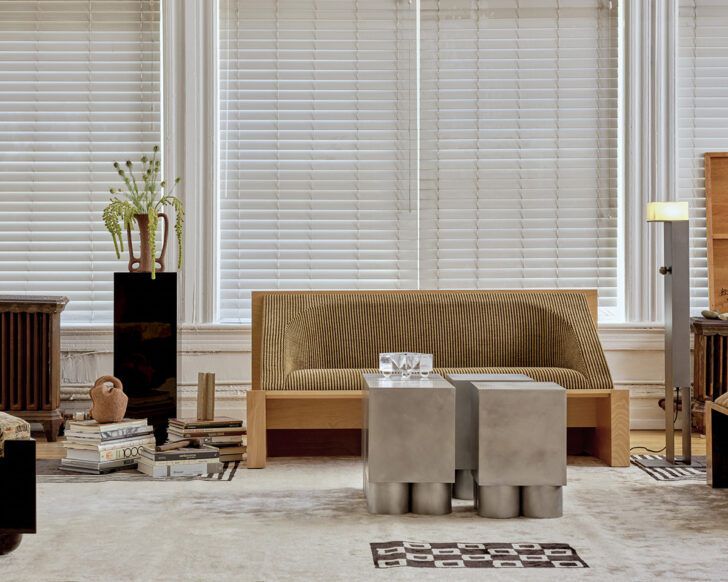
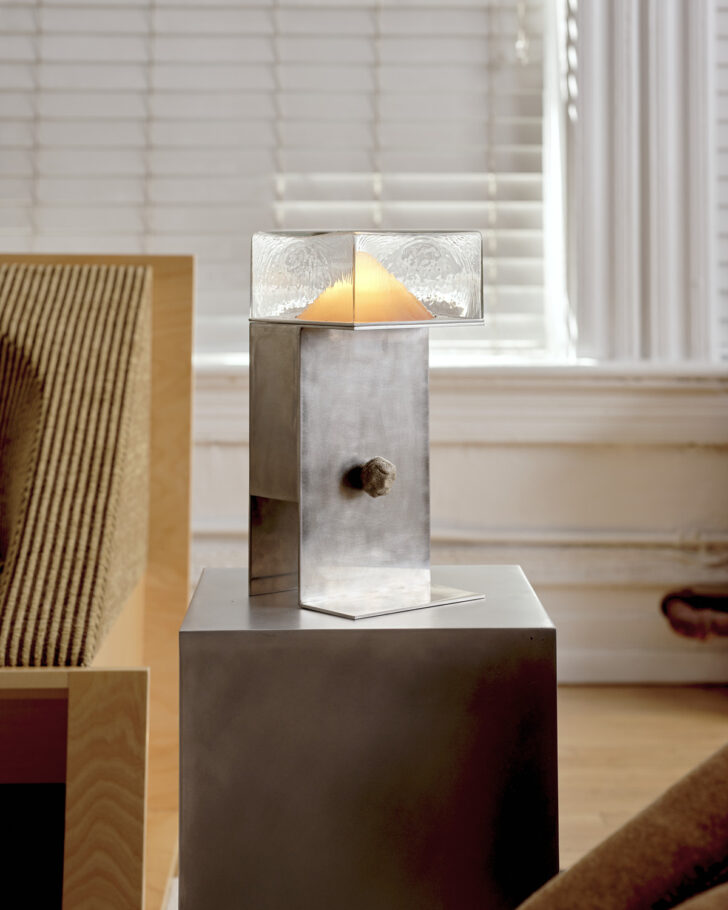
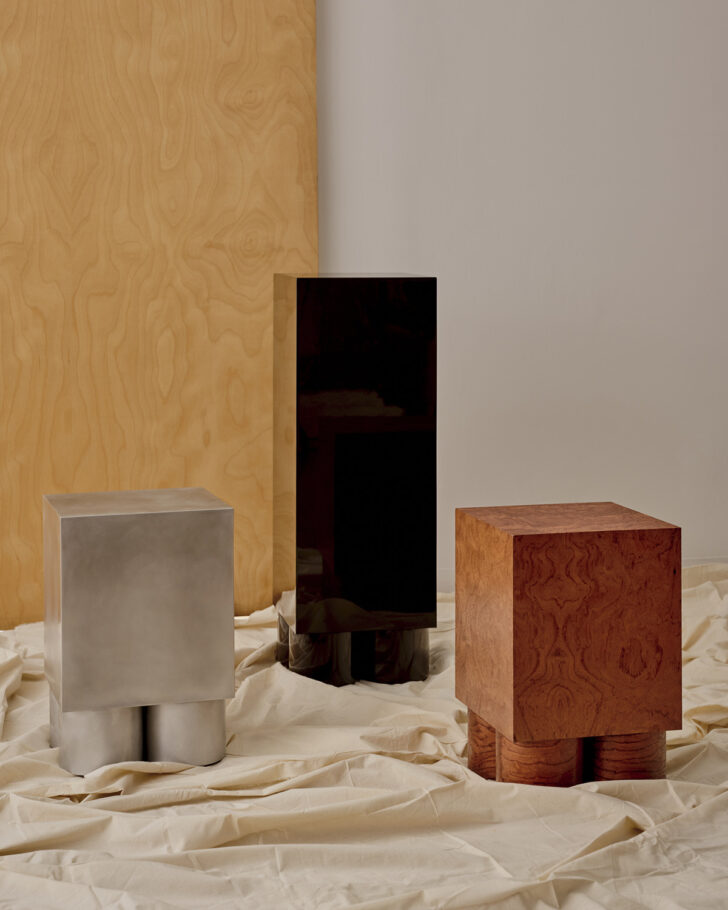
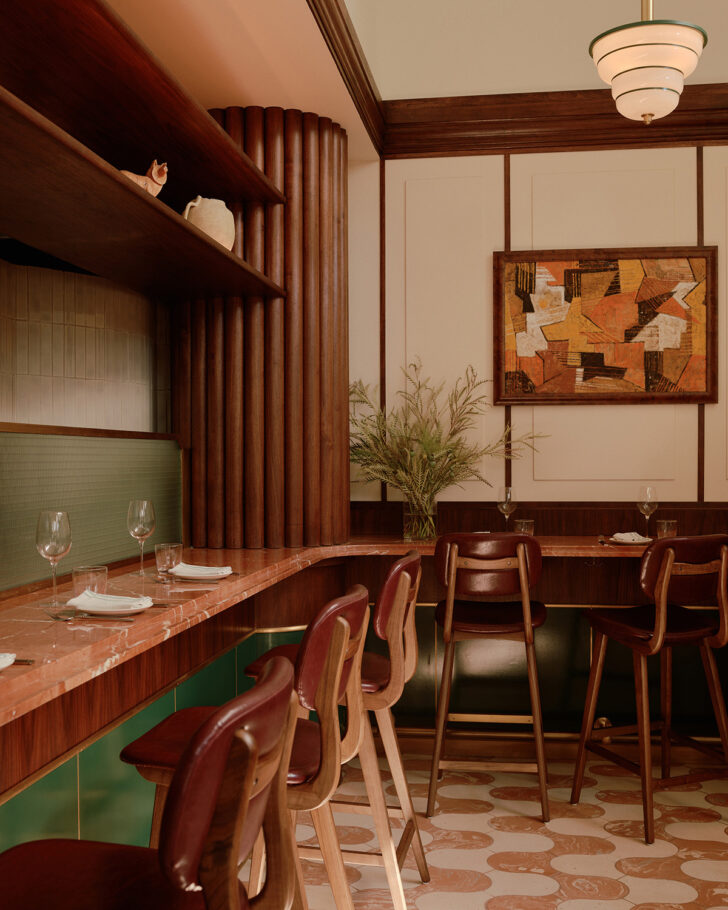
New York, partsandlabordesign.com / knownworkstudio.com
An interior design firm launching a furniture line isn’t always a successful gambit, despite hearing from clients day in and out about how — and with what — people like to live. But with their first furniture collection under the name Known Work, Parts & Labor founders Danu Kennedy and Jeremy Levitt — along with creative director Alex Dilena — simply knocked it out of the park. A striped chenille loveseat nestled in a mappa burl husk, a Brutalism-tinged steel lamp topped by a glass cube, a lacquered plinth — yes, this is exactly how people like to live. In their interiors, the studio takes a similar interrogative approach, examining the relationship between us, our objects, and the spaces we inhabit. We can’t wait to see what’s next.
What is American design to you, and what excites you about it?
American design, to us, is about personal expression. An opportunity to create, communicate, and extend something that didn’t exist prior. Design is a global language, and considering there are so many designers in New York and across the country who aren’t American, perhaps “American design” is a catch all for a consolidated expat vision. American design is inherently self-informing as well; because the country is so large, certain “languages” spread and affect each other across states/regions, creating these unique design vernaculars that evolve based on local landscapes.
Seemingly, nowadays, another aspect of the American design landscape comes from this tension that exists in manufacturing and fabrication. We’ve observed this effort to make more for less in order to make design more accessible or increase margins. This inevitably leads to a bit of a copy/paste approach across the industry. In that same breath, there’s also the artisan folks who are building by hand, and American design engaging in the folklore of “the maker.”
Especially here in New York, we’re fortunate to have a community of craftspeople. We’ve really seen a redirection from both a consumer and cultural standpoint leading to an appreciation and focus on quality and time spent in craft. American design is representing an antithesis to trends or an oversaturated market, embracing the celebration and refocus on heirlooms.
We are most excited by this movement towards investing in your environment on the most personal scale, and the stewardship you feel over these precious collectible furniture and craft pieces that one day will be passed on to your beloveds. It’s romantic. It’s very cool to witness. It feels like a true expression of individuals which, ultimately, could not be more of an American idea.
What are your plans and highlights for the upcoming year?
We’re committed to and focused on producing quality offerings that engage ourselves, our clients, and our wider community in a way that elevates their experience and ours. We know who we are and are actively evolving within an established creative system on one hand (with Parts and Labor Design), and on the other hand, (with Known Work) we’re continually learning who we want to be in this new landscape and what we want to offer while allowing ourselves some freedom to play and experiment. It’s exciting! Really two sides of the sword.
We launched Known Work as a studio early last year so the upcoming year will be a lot of heads down, building a business and connecting to and forming new relationships. We aim to launch a new collection each year so 2025 will also deliver some new work from us. So far, we’ve really enjoyed learning about materiality, ultimately through failure and exploration, pushing our knowledge. It’s been refreshing to feel at the mercy of a material; those limitations and unexpected outcomes have guided us into completely different results through the process of fabrication. We’re excited about continuing that apprenticeship (in a way) with Known Work, and continuing to learn through making in both companies.
With PLD, we’re really looking to strengthen the connection to our core design principles, which are centralized around our commitment to quality, craftsmanship, learning from our heroes and those who have come before us as well as continuing to genuinely connect and form meaningful relationships with others to build visionary designs and interior environments with them.
Both Parts and Labor and Known Work are intense creative outlets for us. It’s a really fun and challenging time.
What inspires or informs your work in general?
We’re really interested right now in the connection between body, object, and space. How these work in tandem; how one can adorn and the other react. We live in our physical bodies, and those, in turn, live and fill space in our larger environments. Together they share such a connection of kinetic energy…a life force really.
We’ve been interested in how jewelry can extend beyond the body and into our built environments. The concept of adornment comes from a place of respect and care for what is being adorned and we’ve been thinking about what that means for ourselves, personally, but also how that changes the mindset of how we interact with architecture, objects, furniture, landscape and our spaces. Adorning is a form of stewardship, a version of caring for something that in return cares for us, which ultimately leads to a greater and more communal respect for ourselves and our environment. It’s funny…we do it in so many unintended ways already: Hanging art on the walls, applying a belt to a pair of jeans, or a keychain to our set of keys.
These are the everyday, small ways of expression and decoration. We are revisiting the idea of “average things” that show a careful and considered respect for the adornee. This really plays back to creating and celebrating heirlooms and collectible design, and how these heirlooms continue to evolve and have impact on our lives and our spaces. It’s all a conversation; everything is conversing with and contextualizing its surroundings.
The connection of touch and function, ergonomics and a unique interaction is important to us. We are working with expectations and how we perceive things in our world. We want people to be intrigued and always pleasantly surprised. Within this approach, we also feel there is an inherent restraint and principled discipline that needs to be applied in order to curate the right moment.
Rafael Prieto
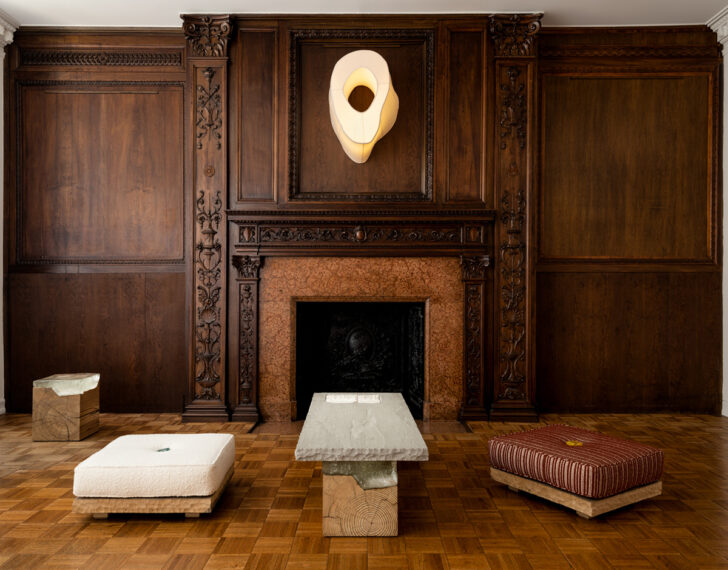
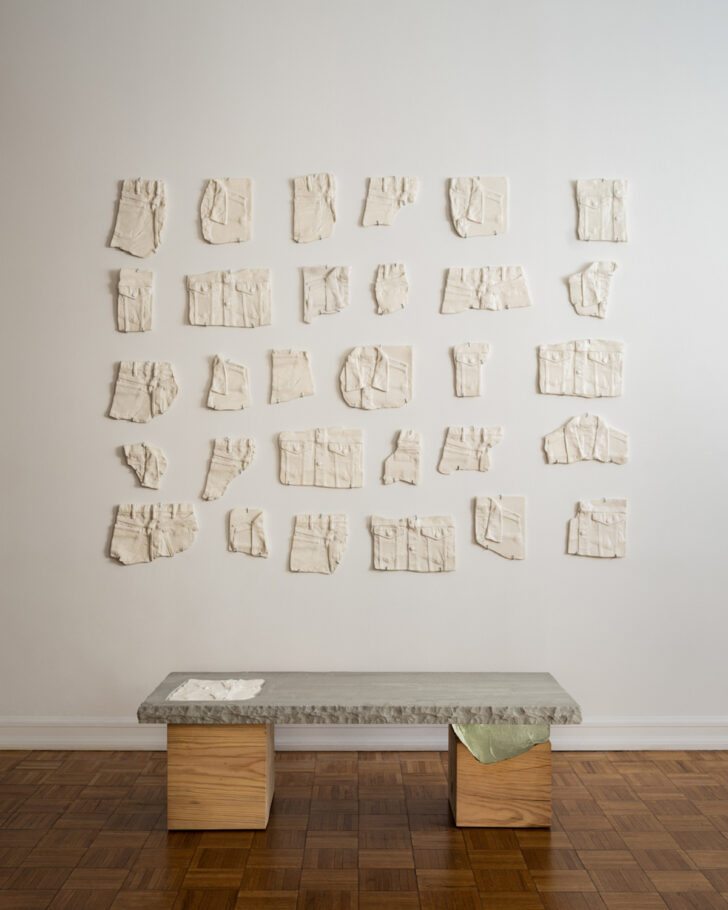
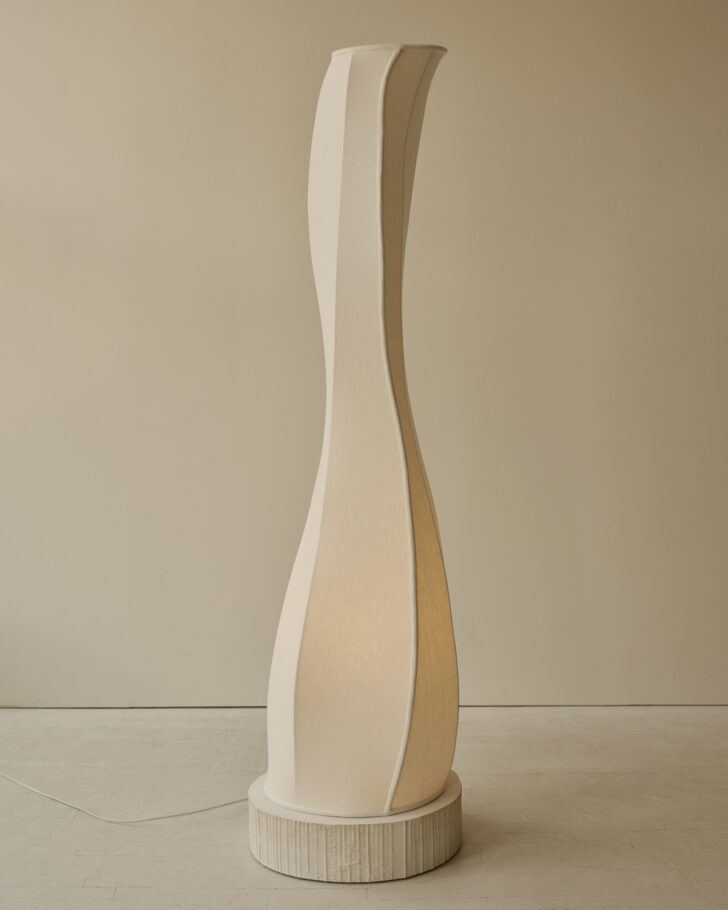
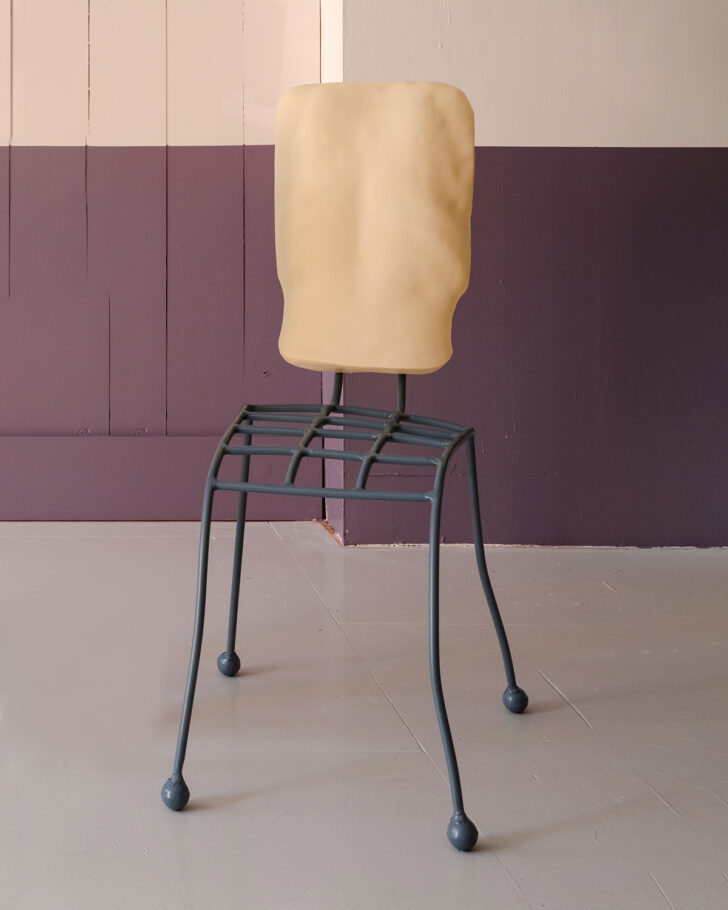
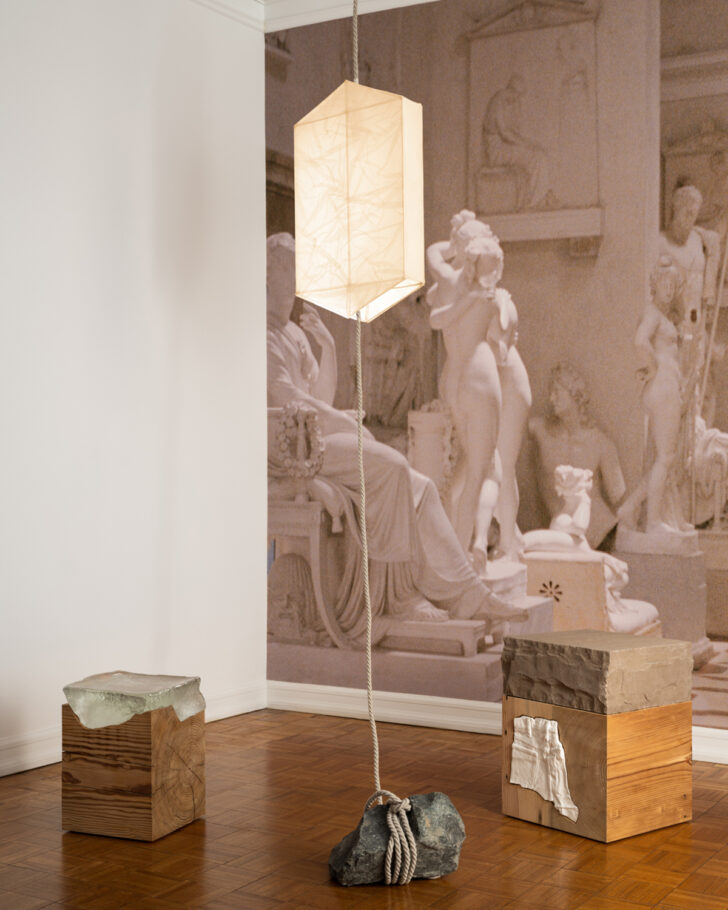
New York City and Mexico City, @rafaelsavvy
For years we knew Rafael Prieto simply as the founder of the creative agency Savvy Studio, where he did branding projects and produced a beautifully packaged chocolate line called Casa Bosques. But as he’s made more and more furniture — some for his interiors projects, some for galleries like MASA or Emma Scully, where earlier this year he had his first solo show — it became clear to us he belonged on this list, both as a solo practitioner and as one half of Marrow Project, a burgeoning design studio he shares with artist Loup Sarion.
What is American design to you, and what excites you about it?
According to Chat GPT: American design is a dynamic fusion of functionality, boldness, and cultural diversity. It’s practical, modern, yet approachable.
I know back in the day it was, yet now it’s much more diverse, more artful, less purposeful, and shallow in a beautiful way — it’s crafted and about technique, emotion, and feelings. The purpose is no longer just function. Lately between New York and L.A., there’s a blurring of art and design. And that excites me.
What are your plans and highlights for the upcoming year?
A couple of different things. First, a group show with Emma Scully Gallery. I believe it will be a beautiful and poetic show. Then something I am quite excited about but I cannot share much about is this guest house that I’m working on in Mexico City. It’s an extension of the vision as Savvy Studio into CASA BOSQUES. Eleven rooms with a restaurant downstairs. It’s been a process of doing renovation, designing the spaces, the furniture, the lighting, interesting collaborations with different brands across the globe. It’s one of those times where I feel even more personal in my approach. It’s very me, and I hope people will feel very welcomed, comfortable, and peaceful. I’m excited about this, the mix of identity, space, and furniture design.
There’s also the ongoing project that I have with my partner Loup Sarion: Marrow. We’re working on a summer show, different formats of chairs based on our anthropological approach to time and the human body — specifically the back, so this continuation excites me. The project is evolving quite beautifully. Lots of research on materiality and proportions.
What inspires or informs your work in general?
The pursuit of beauty, at least the idea of it, looking for it, acknowledging it, its form, its context, content, and the definition of beauty itself. It’s so ambiguous. What’s pretty for some is ugly for others. The openness of it inspires me, attracts me, and makes me curious about finding new forms of beauty, ones that exist yet perhaps I wasn’t able to appreciate them before.
Ryan Preciado
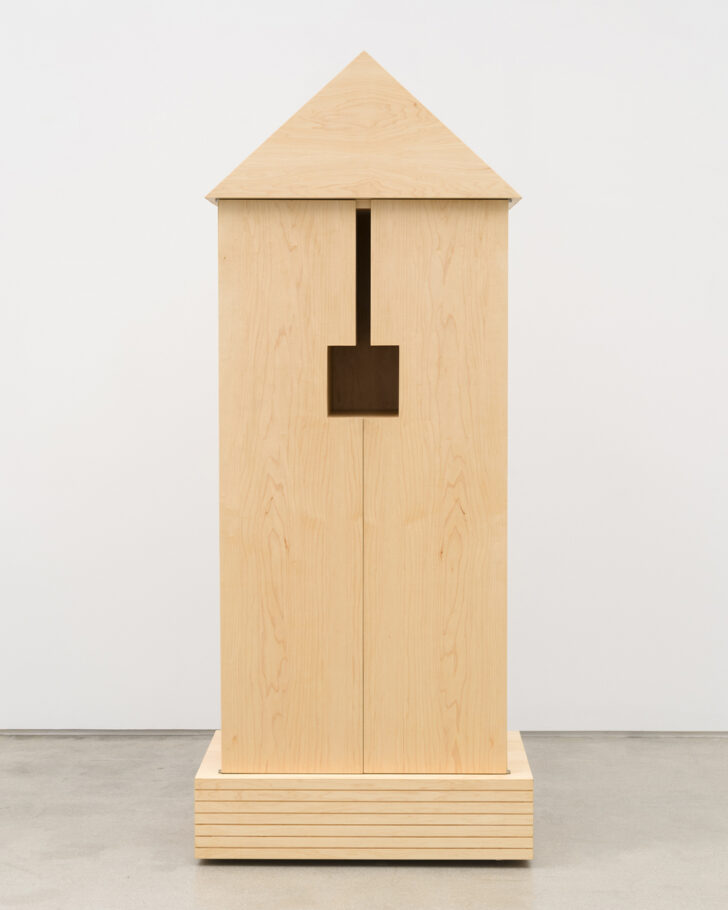
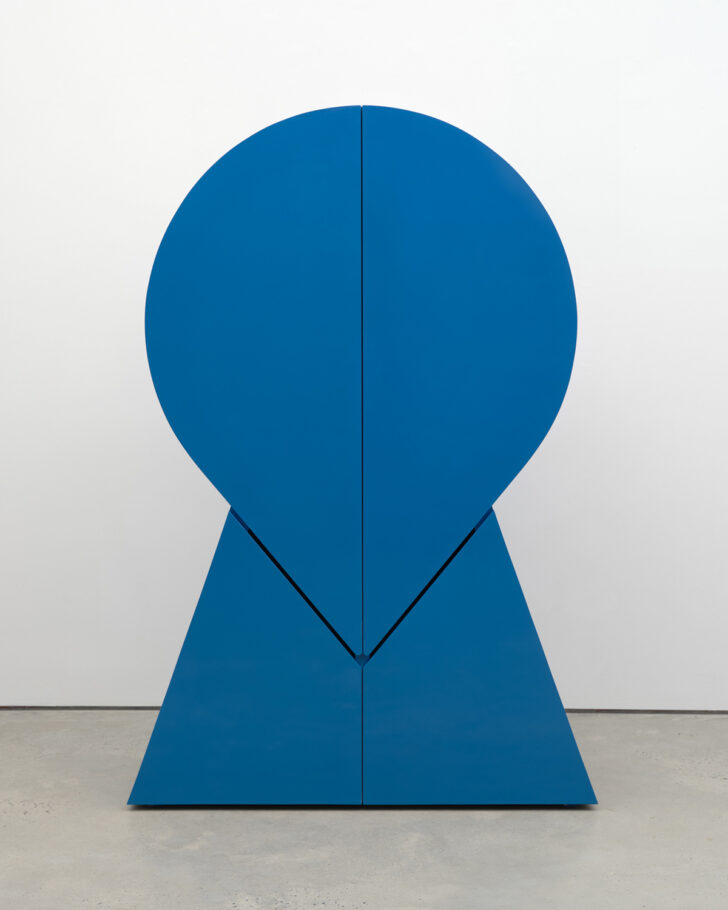
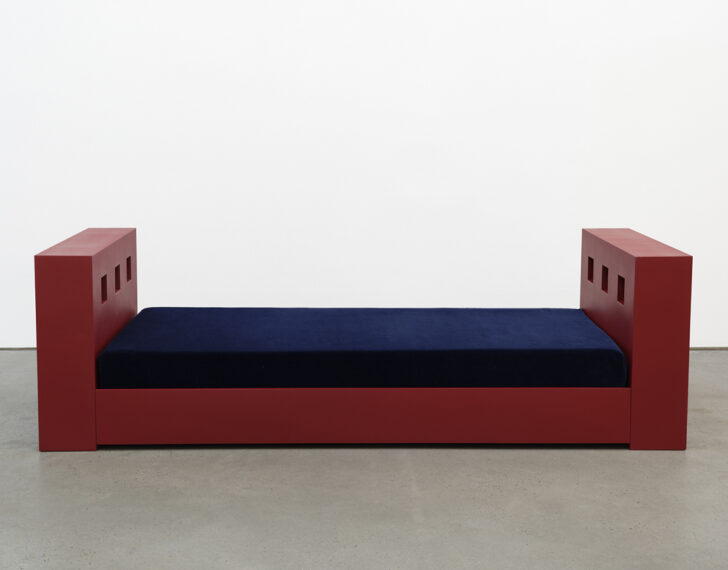
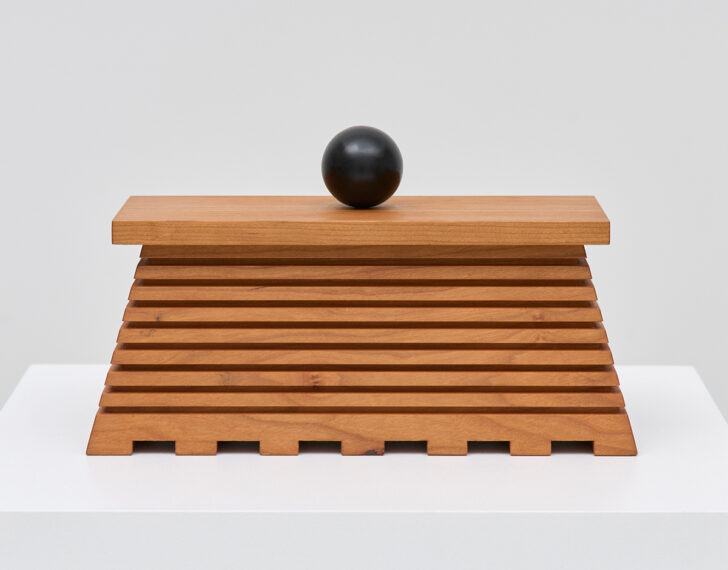
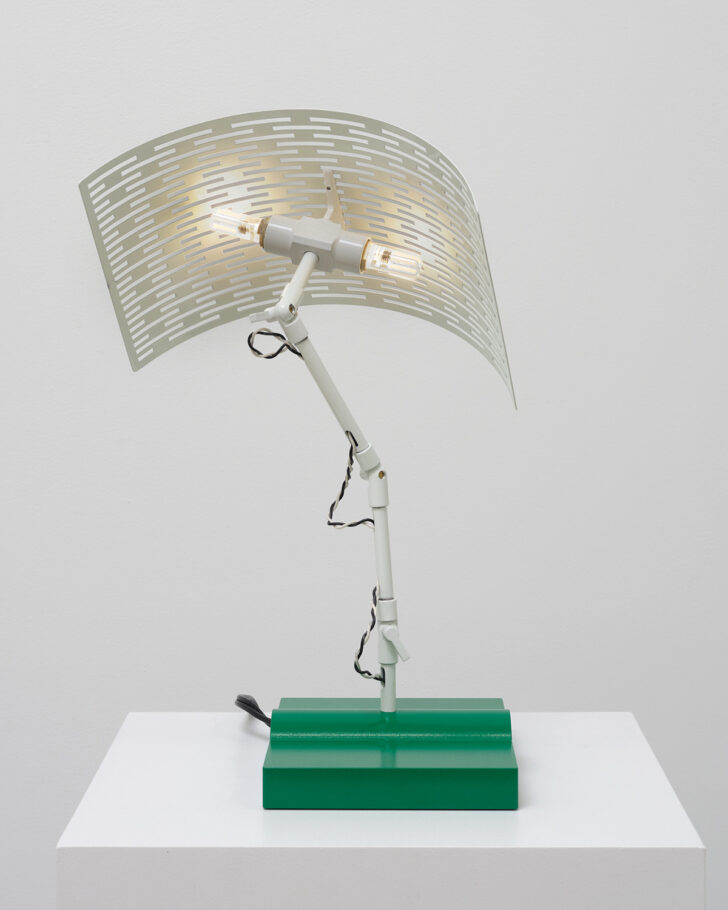
Los Angeles, ryanpreciado.com
Every once in awhile we re-honor someone on the Hot List if we feel their work has taken a new direction and deserves a fresh look, and L.A.’s Ryan Preciado easily fit that bill for us this year. First nominated in 2020 with a handful of more conventional furnishings, Preciado has since released a flood of more intentional works that — shown primarily in an art gallery context — are unique in their ability to span both worlds without relying on craftiness and complexity. They’re essentially functional Postmodernism-inspired sculpture, and we would live with every single piece.
What is American design to you, and what excites you about it?
The term “American” is loaded because in the US it’s understood to refer to a certain culture and system that is born within the borders of the United States. The Americas are much larger, and to be “an American” means a lot more than most people associate with it (by design, pun not intended). It’s important to take this into consideration when talking about design in the United States, as it is to question the idea of any monolithic identity. Design as I see it is as bound up in local and cultural (including diasporic) specificity as it is in class politics: Whose name gets to be on something? Who actually made it with their hands and/or in a factory? What were the labor conditions? These are the more important questions to me.
What are your plans and highlights for the upcoming year?
I’m working on a show that will be in Frank Lloyd Wright’s Hollyhock house, here in Los Angeles. It will open late February 2025.
What inspires or informs your work in general?
The last couple of weeks, what’s been inspiring my work has been the Hollyhock house. I was mentioning I’m working on a show and the house has been proving to be in charge. Although it is a lot more generous than I originally thought it would be, it has no problem letting me know something isn’t working in the interior. I think FLW would be smiling in his grave knowing he’s still in control haha. It’s really exciting to be in conversation with the Hollyhock, and I look forward to it.
